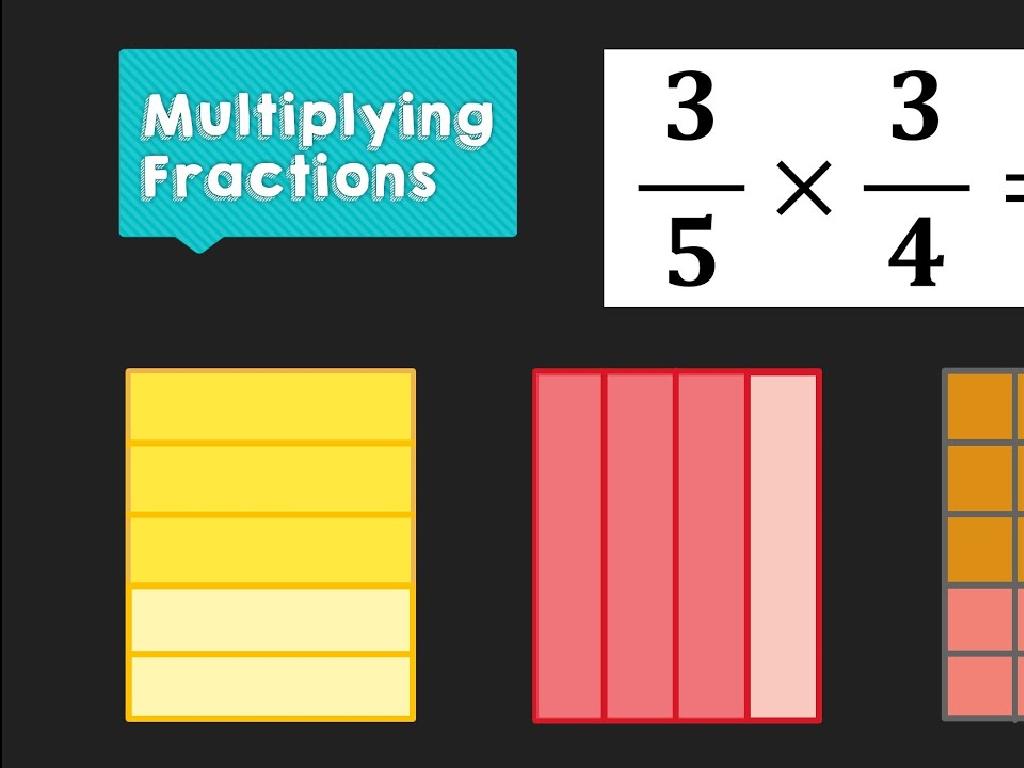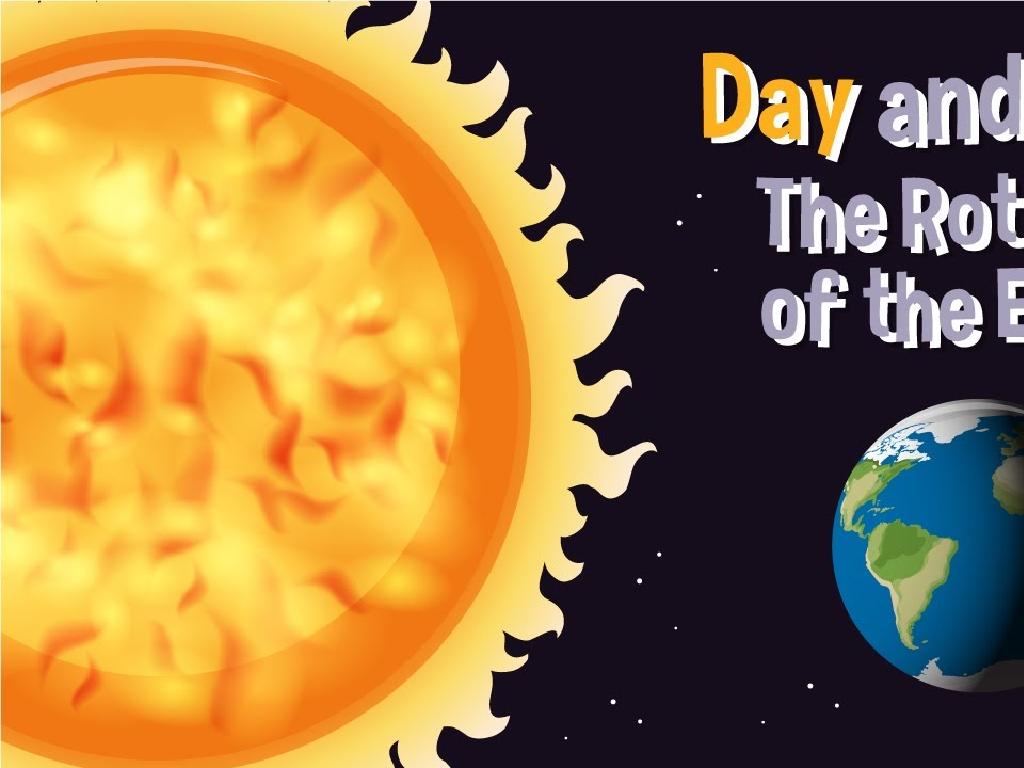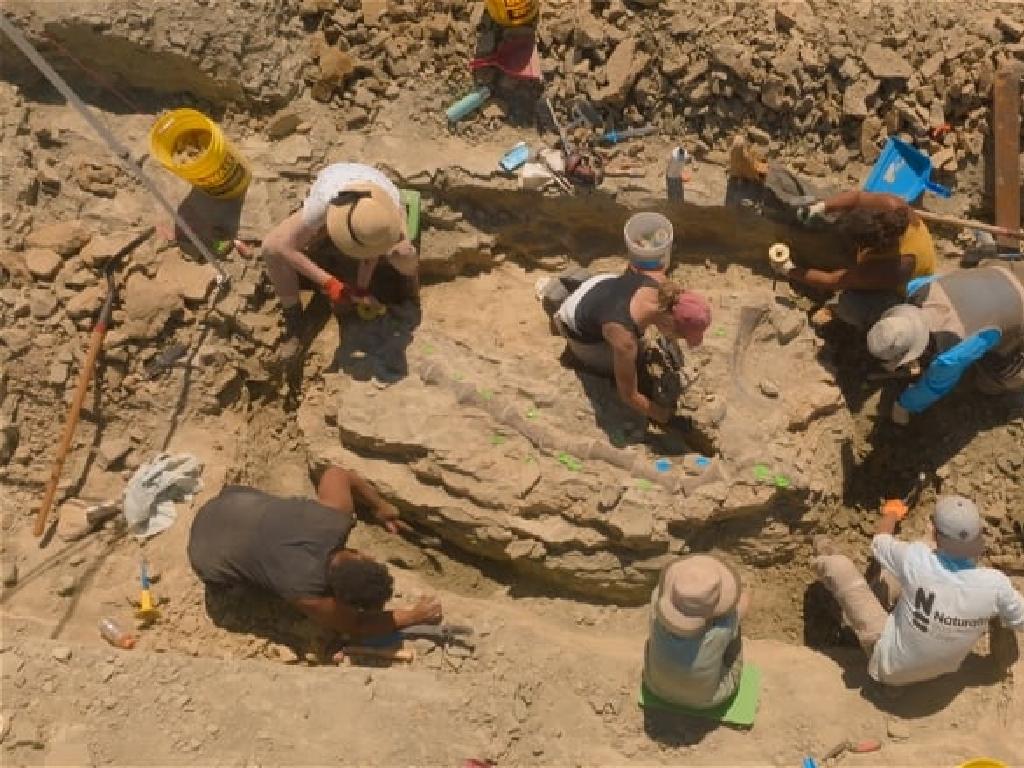Abbreviate Months Of The Year
Subject: Language arts
Grade: Third grade
Topic: Abbreviations
Please LOG IN to download the presentation. Access is available to registered users only.
View More Content
Abbreviating Months of the Year
– What are abbreviations?
– Abbreviations are shorter forms of words.
– Why abbreviate months?
– To save space and time in writing.
– How to abbreviate months
– Use the first three letters, add a period.
– Practice with January & February
– Jan. for January, Feb. for February
|
Begin the lesson by introducing the concept of abbreviations and explaining their usefulness in writing, especially for saving space and time. Engage the class by asking if anyone knows what an abbreviation is. Then, explain that each month can be shortened to just the first three letters followed by a period. Provide examples with January and February as ‘Jan.’ and ‘Feb.’ respectively. Encourage the students to think of abbreviations for other months and to understand that this skill is widely used in calendars, invitations, and formal writing. Prepare to have the students practice abbreviating the rest of the months as a class activity.
Abbreviating Months of the Year
– What is an abbreviation?
– A shorter form of a word or phrase
– Abbreviations save space & time
– Examples: Dr., Jan.
– Dr. stands for Doctor, Jan. for January
– Practice with months
– Let’s abbreviate each month together
|
Begin the lesson by explaining what an abbreviation is and why we use them, emphasizing their role in saving space and time in writing. Provide clear examples that the students are likely familiar with, such as ‘Dr.’ for ‘Doctor’. Then, transition to the specific topic of abbreviating months of the year. Show how ‘January’ becomes ‘Jan.’, and encourage students to think of abbreviations for the remaining months. The activity will involve practicing these abbreviations together, ensuring that students understand how to create and recognize them. This will prepare them for using these common abbreviations in their writing.
Why Abbreviate Months?
– Quick & efficient date writing
– Abbreviations make writing dates faster.
– Helpful for notes & forms
– When space is limited, like in calendars, use abbreviations.
– Learn month abbreviations
– Jan. for January, Feb. for February, etc.
|
Abbreviating months is a practical skill that allows students to write dates more succinctly, which is particularly useful in situations where speed or space is limited, such as when taking notes or filling in forms. This slide introduces the concept and explains why it’s important. The lesson will cover each month’s abbreviation, ensuring students understand and memorize them. For example, ‘Jan.’ stands for January and ‘Feb.’ for February. Encourage students to practice by writing their birthdays or important dates using abbreviations.
Abbreviating Months of the Year
– 12 months in a year
– Unique abbreviations for each
– Jan. for January, Feb. for February, etc.
– Some end with a period
– Mar., Apr., May do not end with a period
– Some do not end with a period
– Jun., Jul., Aug. also do not need a period
|
This slide introduces the concept of abbreviating the months of the year, which is a part of learning about abbreviations in Language Arts. There are 12 months, and each one has a shortened form that makes writing dates quicker and easier. Some abbreviations have a period at the end, typically those that are cut off before the end of the word, like Jan. for January. However, months like March, which is abbreviated as Mar, do not end with a period because the abbreviation is the first three letters of the word and it’s not cut off. Encourage students to memorize the abbreviations and understand when to use a period. Practice by writing out dates and identifying the correct abbreviation for each month.
Abbreviating Months: January to June
– Jan. stands for January
– Feb. means February
– Mar. is short for March
– Apr. represents April
– May is just May
– May is short enough, no need to abbreviate!
– Jun. signifies June
|
This slide introduces students to the abbreviations for the months of January to June. It’s important to note that while most months have abbreviated forms, the month of May is already short and does not require an abbreviation. Encourage students to practice writing these abbreviations and to remember that they always end with a period, except for May. This will help them recognize and use the correct forms in their writing. As an activity, students could create a calendar using the abbreviations or practice writing dates in different formats.
Abbreviating Months: July to December
– Jul. stands for July
– Aug. means August
– Sep. or Sept. for September
– ‘Sep.’ or the longer ‘Sept.’ are both correct
– Oct. represents October
– Nov. is short for November
– Dec. abbreviates December
|
This slide is aimed at teaching third-grade students how to abbreviate the months of the year from July to December. It’s important to note that while most months are abbreviated to the first three letters, September can be abbreviated as ‘Sep.’ or ‘Sept.’ Encourage the students to practice writing these abbreviations and to remember them by associating the abbreviations with the full month names. You can also have the students create a calendar or a timeline using these abbreviations to help them memorize the shortened forms. Additionally, discuss why abbreviations are useful, such as for saving space when writing dates.
Practice Time: Abbreviating Months
– Practice abbreviating months
– I write a date, you give the abbreviation
– Example: 01/01 -> Jan. 1st
– January is abbreviated as Jan.
– Let’s learn and have fun!
|
This slide is designed for an interactive classroom activity to help students learn how to abbreviate the months of the year. Start by explaining that abbreviations are shorter forms of words used to save time and space. Write a full date on the board and demonstrate how to abbreviate the month. For example, show that January 1st can be written as Jan. 1st. Then, write different dates on the board and ask the students to provide the correct abbreviation for each month. Encourage participation and correct gently if they make mistakes. This activity will help reinforce their understanding of abbreviations in a practical context. Possible variations of the activity could include having students write dates on the board for their classmates to abbreviate, or creating a matching game where students match dates with their abbreviated forms.
Class Activity: Create Your Birthday Month Calendar!
– Create a calendar for your birthday month
– Abbreviate the month and days of the week
– Jan, Feb, Mar, Apr, etc. and Sun, Mon, Tue, Wed, etc.
– Decorate your calendar creatively
– Use colors, drawings, stickers to make it unique
– Share your calendar with the class
|
This activity is designed to help students practice abbreviating months and days of the week in a fun and creative way. Provide them with blank calendar templates and a list of abbreviations for reference. Encourage them to think about the special events that happen in their birthday month and to mark these on their calendar. Offer a variety of art supplies for decoration. Once completed, have each student present their calendar to the class, explaining the abbreviations they used and why they chose certain decorations. This will reinforce their understanding of abbreviations and give them a sense of pride in their work.
Abbreviating Months: Conclusion
– Congrats on learning month abbreviations!
– Use abbreviations for writing dates
– Jan. for January, Feb. for February, etc.
– Practice makes perfect
– The more you practice, the better you’ll remember
– Keep using them in your writing!
– Try writing your birthday using the abbreviation!
|
This slide wraps up the lesson on abbreviating months of the year. Reinforce the importance of using these abbreviations when writing dates, such as in letters, school assignments, and when marking events on a calendar. Encourage the students to practice by writing out dates with abbreviations to help them memorize the shortened forms. Remind them that learning these abbreviations is not only fun but also a useful skill that they will use throughout their lives. As a follow-up activity, students could write a short paragraph about their favorite month using the abbreviation, or they could practice writing out important dates like holidays or birthdays with the correct abbreviations.






